Mercedes-Benz has honored the first truly modern motor car – and the car that gave it the Mercedes name (the 35 PS dating from 1901) – with a new sculptural futuristic design. Reinventing the classic automobile that helped tipped the industry away from rickey carriages symbolises the transition to a new era of design and technology as well as paying homage to the historical legacy and the birth of the brand.
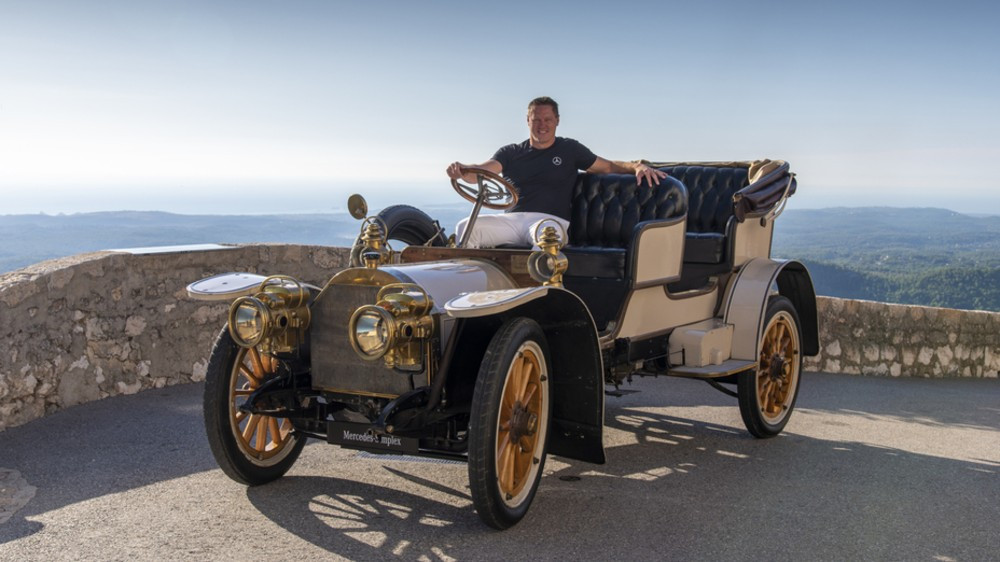
The EV concept car, called Vision Mercedes Simplex adheres, for example, to the original two-seat, large-wheeled layout of the 35 hp. Like the 35 hp nearly 120 years ago, the Simplex also has a trunk – and it's a removable piece of luggage that reminds us where the term "trunk" actually came from. And while its wheels are not wooden like its ancestor's, they're still wide and exposed, with electric drive systems and logo-stamped tires.
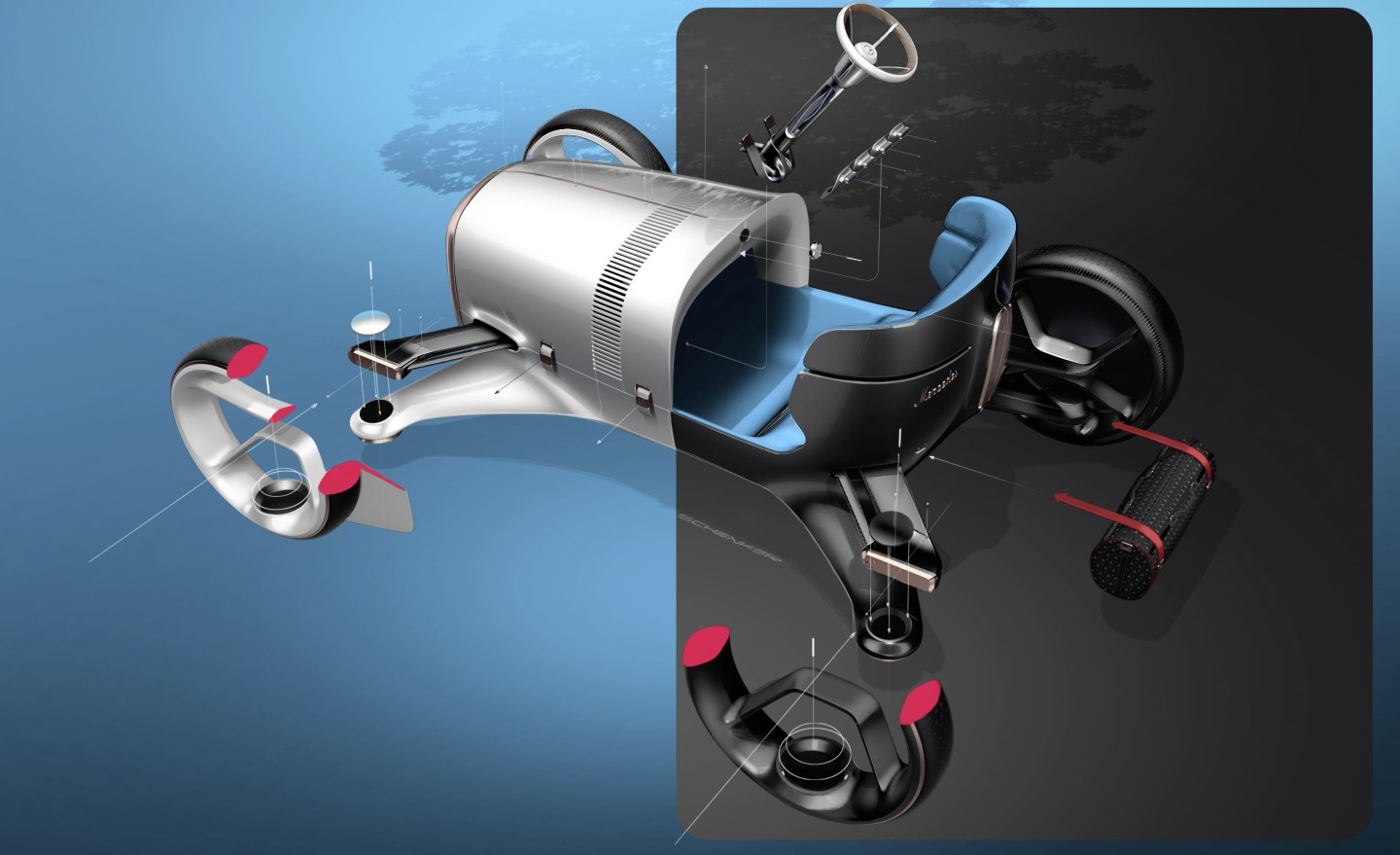
In the meantime, there's the "hyper analog" digital dash, which is designed to present only the information necessary at the precise moment you look at it. Digital lighting behind a translucent white surface presents speedo, dash and navigation functions as you drive, with the most pivotal content centered inside a rose gold ring in the center. The original radiator grille is then replaced with a black panel/3D display, framed in rose gold.
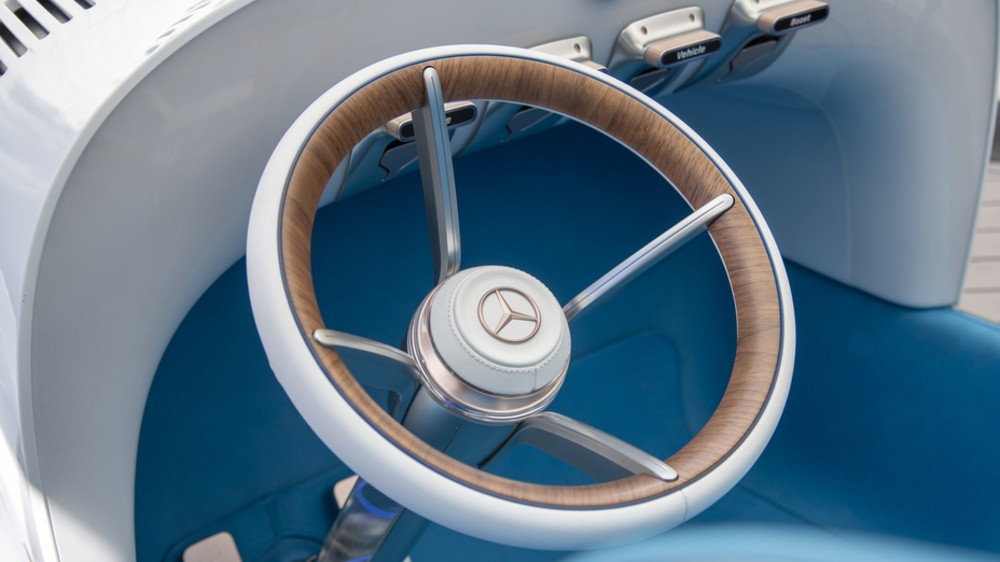
It’s highly unlikely that this design will see the light of production, but it’s nonetheless a beautiful look at the past as Mercedes paves the way for the future.
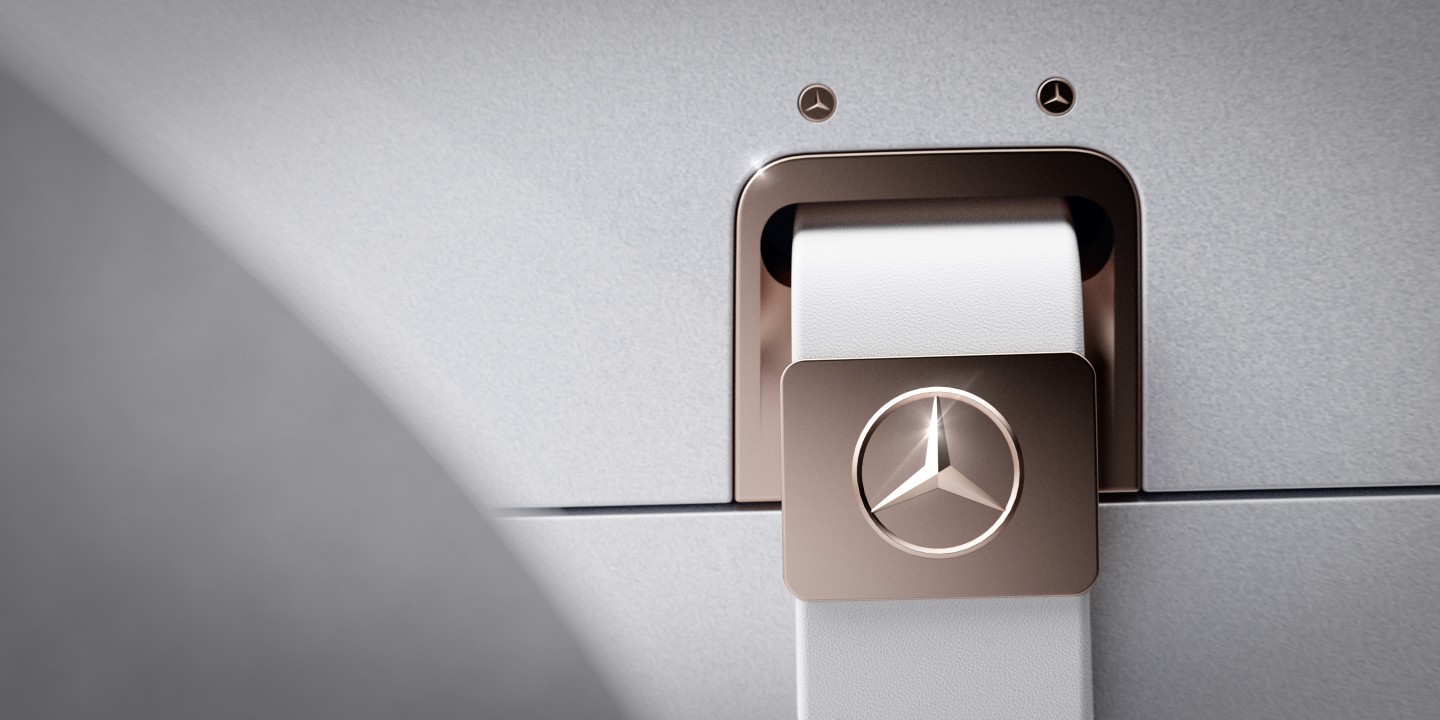
It was Jellinek who commissioned the mighty Mercedes 35 hp, convincing Daimler Motoren Gesellschaft (DMG) to build a long, low, wide, stable and demonically fast race car in 1900. No longer inspired by stagecoach or carriage designs, the 35 hp had its engine mounted low in a strong steel chassis that made for vastly superior cornering. In 1901, at the Nice-La Turbie racing event, the 35 hp annihilated the rest of the field with average speeds of 31.9 mph (51.4 km/h) , where the previous year's winner had managed just 19.4 mph (31.3 km/h). This machine was seen as a major leap forward in automobile technology, the first modern car, and it went into production for road use in 1901.
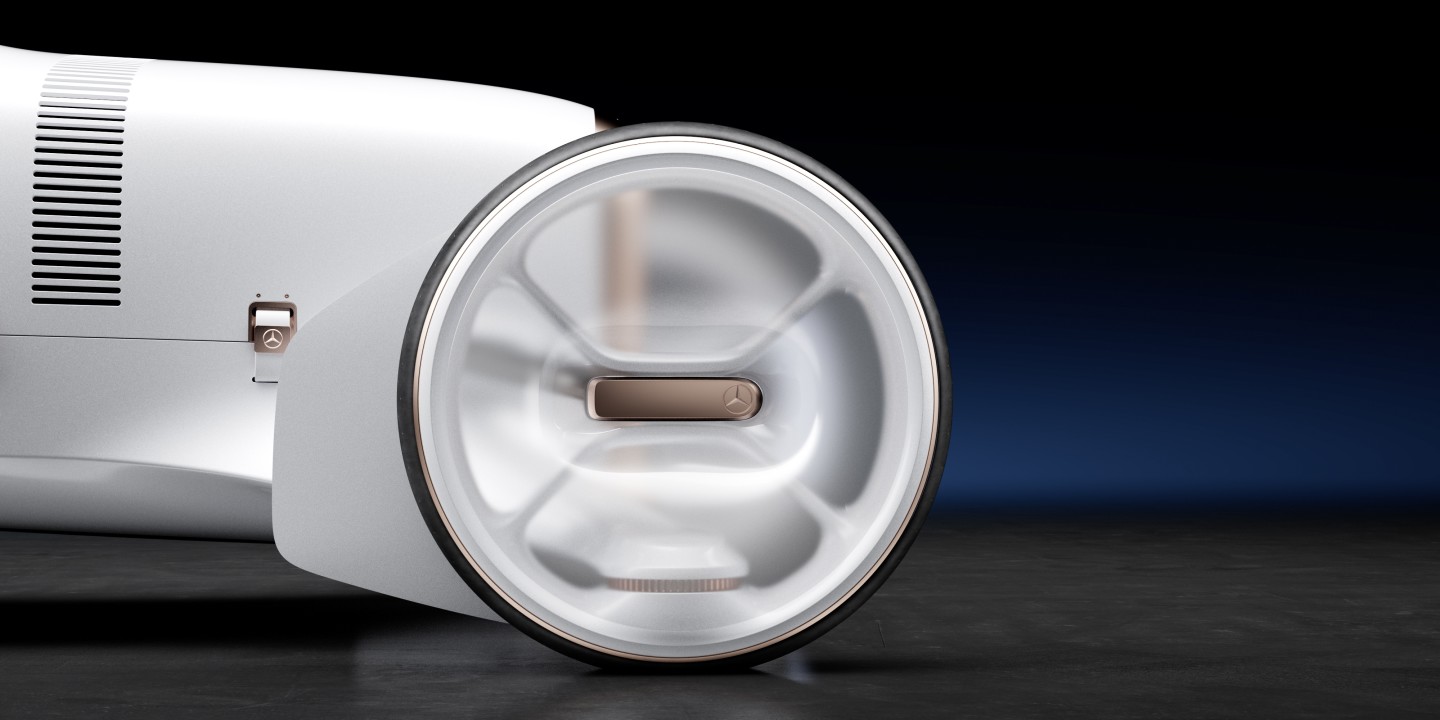
And this is the machine Mercedes-Benz honors today with the release of its Vision Mercedes Simplex concept, a futurist re-imagining of the 35 hp that hints at some design principles the brand is moving toward in the 21st century. Presented at Design Essentials in Nice, France, Vision Mercedes Simplex adheres to the original two-seat, large-wheeled layout of the 35 hp. It's a nostalgic look back with a couple of things to say about the Mercs of the future.
According to sea.mashable



![[WORLDKINGS] Daily Highlights – February 20, 2020 – Half-mouth toothbrush is claimed to clean all your teeth within 20 seconds](https://indochinakings.org/wp-content/uploads/2020/02/0_vhktomwfhkiivw9divvx_1-218x150.jpg)




